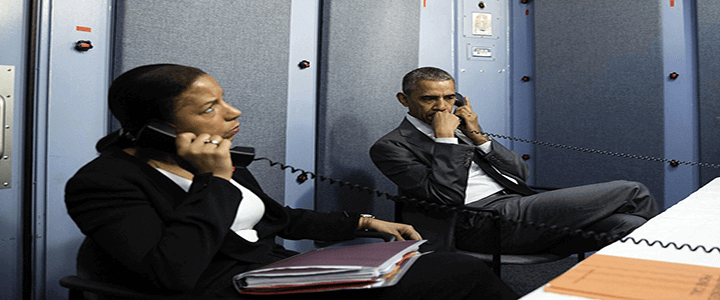Mass murders happened more in 2018 than 2017. Shootings take place in schools, workplaces, clubs, and even in the open at public events like concerts. Of course, these affect all employees, not just clearance holders. But be aware. There are special dilemmas you must consider and plan for if you have clearance holders in your office.
By now, most companies have shown the Homeland Security ‘Active Shooter’ video to their staff. The expression, “Run, Hide, Fight” as the response to such shooters is generally known. What does it mean for clearance holders?
Many clearance holders work in controlled access areas. This means for the most part that those without a need to know are barred from entry. They need special clearance in order to come into the Sensitive Compartmented Information Facility, or, SCIF. Or they work in secluded areas barred by large doors with special locks. All of these insure against the traditional threat of theft and unauthorized access.
But what happens when gunfire starts? Who is allowed in then? Can your SCIF become a sealed fortress of sorts for those hiding from the shooter? Who can be allowed access then, and who can’t? Try another issue — who knows where your secure facility is? If you have a fire, do first responders know about this area? Do they have access to the latest maps of your building, about who is where, behind what sort of protective doors or windows? What could be a secure fort from a shooter could be a chamber of death in a fire. Have you thought about that?
Failure to Plan: It’s Happened Before
Incidents across America show some facility managers and company directors never planned for any of this. In at least three cases, armored vehicles were needed to bash down the walls of locked and barricaded areas. In one incident, a man having a heart attack behind SCIF doors was blocked from help because the guards didn’t see a badge on the first responders!
All of this is dreadful, and rightly so. What to do then? Most SCIFs around the world have a basic plan. In it you will find guidance on fires, theft, and active shooter scenarios. If you can access such a document, get it. Do not, however, allow it to sit unread and unappreciated because it is only there to show when inspection time comes.
Have first responders stop by the SCIF for a tour. This allows them to become familiar with the layout of the area as well as who the security officer is. Also, during an emergency, such as a fire, the security officer is to ensure the SCIF is evacuated. Once the SCIF is evacuated, the security officer locks the door (unless the fire is inside the SCIF.) Finally, if the emergency is inside the SCIF, the security officer or another SCIF person should meet the first responder at or near the building entrance to escort them to and inside the SCIF. Building security must be made aware of these procedures. All of this is to entered into a policy, and practiced.
One incident can illustrate the importance of pre-planning. During a hoax bomb alert, one of the company security managers was barred from entry as the building was ‘locked down’. Despite his pleas and exhortations of his status and badge, the police respondent did not let him near the facility. Could this have been avoided? Yes.
Consider a coordination meeting among all local security and emergency response officials, facility managers, and clearance holding SCIF managers. Each of these people can explain their mission. Each can address what his team needs to operate. Also, because there are so many diverse interests represented, each can quiz the others on what exactly is needed should coordination not be possible via, for example, traditional electronic devices. (This has become even more critical, because now most electronic devices are kept from cleared areas as possible ignition devices for explosives, or means for electronic compromise.)
Where are access codes located? Who can access them, and under what circumstances? Who is allowed into a building during an incident, and how is that person(s) to be recognized? Where exactly are the secure areas, and what are their protective devices? Who has maps of all the areas in the building, the controls to door locks, and access points? Where are weapons in the building, and who has access to them?
One major step forward in resolving some of these issues was tried recently in the city of Huntsville, AL. A city wide briefing program for citizens was established. The city gave a good briefing on what to do in an active shooter case. Better, they were able to respond to questions from the citizenry who attended. This allowed for further refinement of briefings. Huntsville has a huge federal government facility with dozens of separate agencies and commands. Each has been required to establish force protection teams. These teams exist to study responses, and good liaison with local law enforcement, and especially the FBI. After all, overall responsibility for terrorist related incidents in the United States falls first to the FBI. They are a vast repository of ‘best practices’ for planning countermeasures to threats. Contact them. Contact all your local law enforcement. Invite the critical personnel in your company who will play a role in a necessary plan to deal with any threats to your cleared personnel. Together you will come up with a workable plan.



